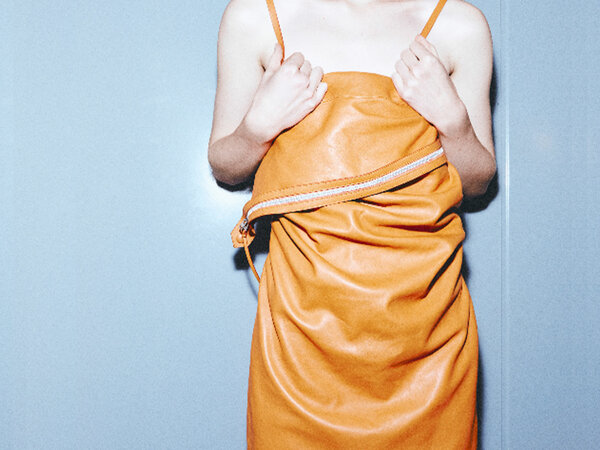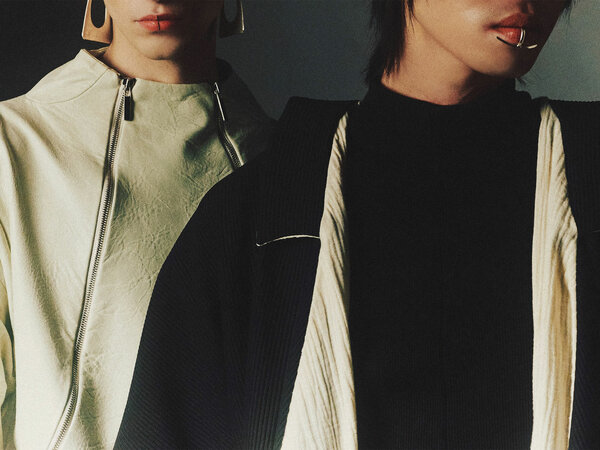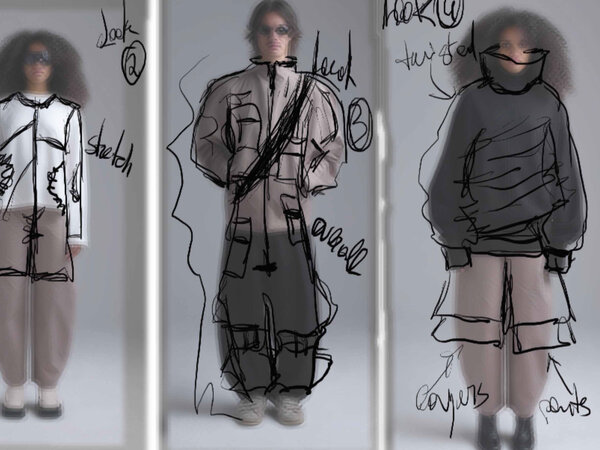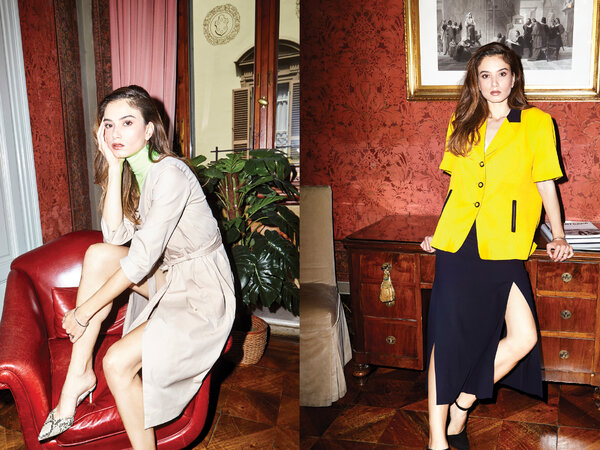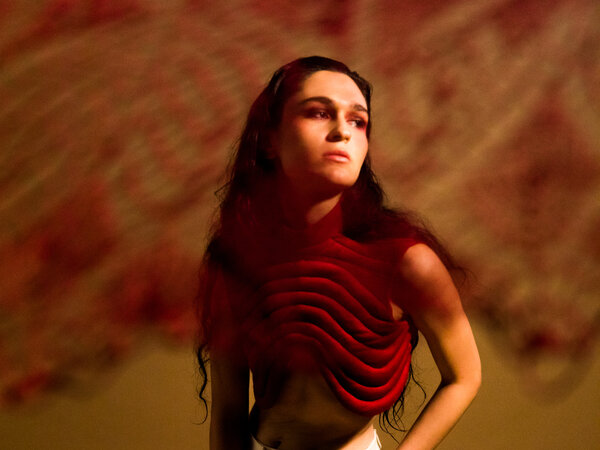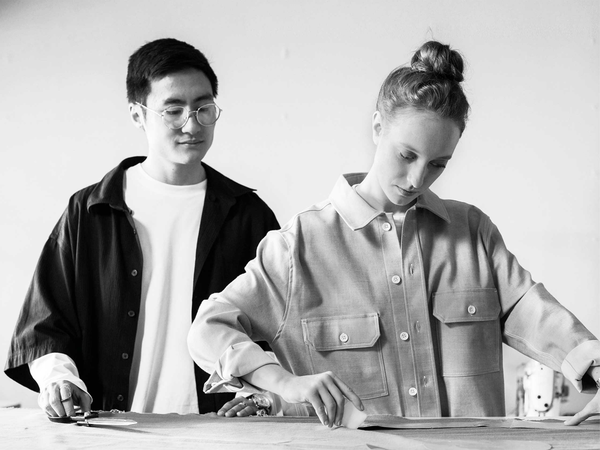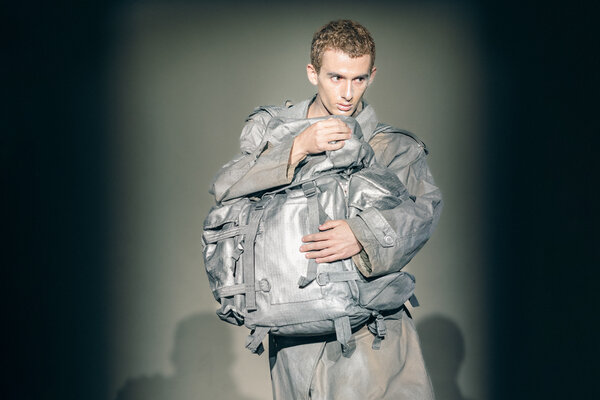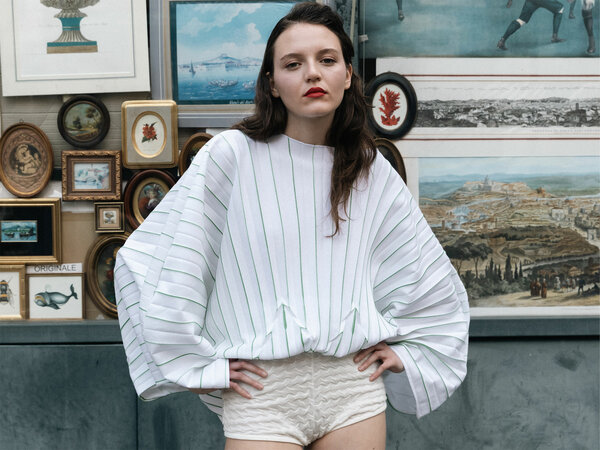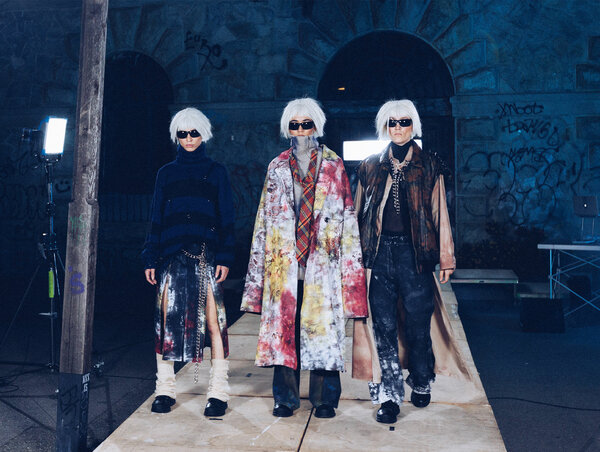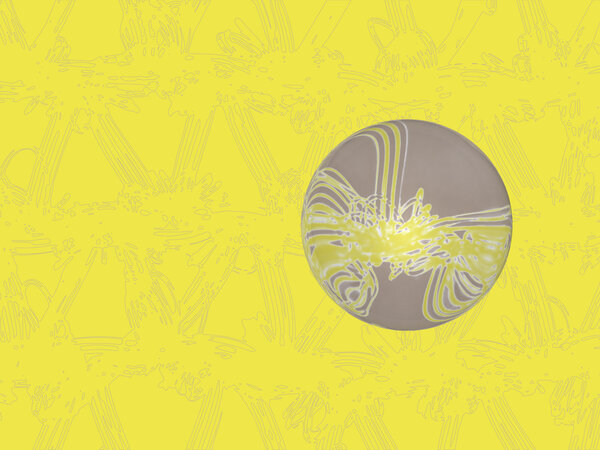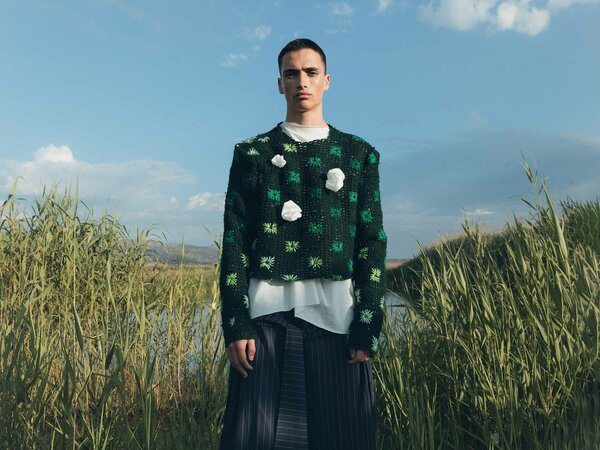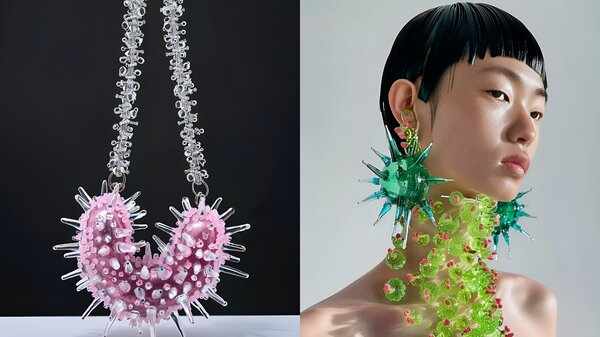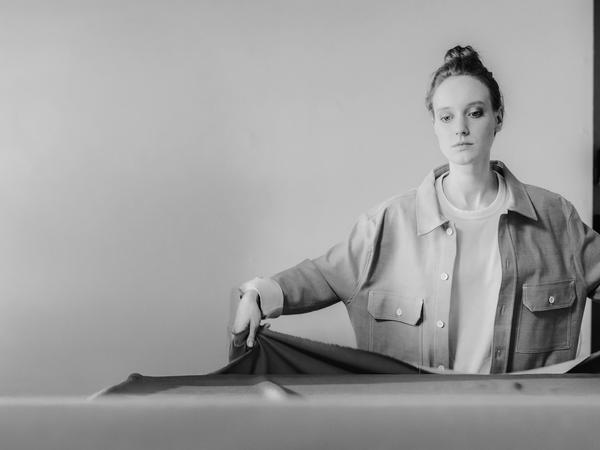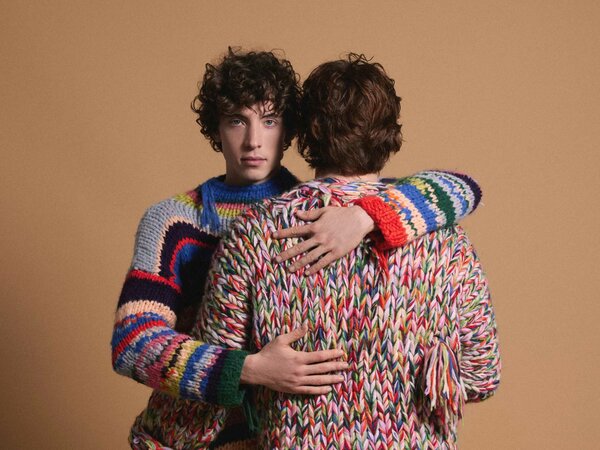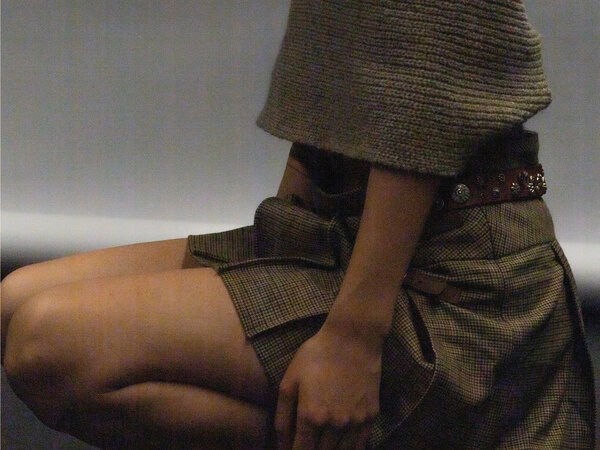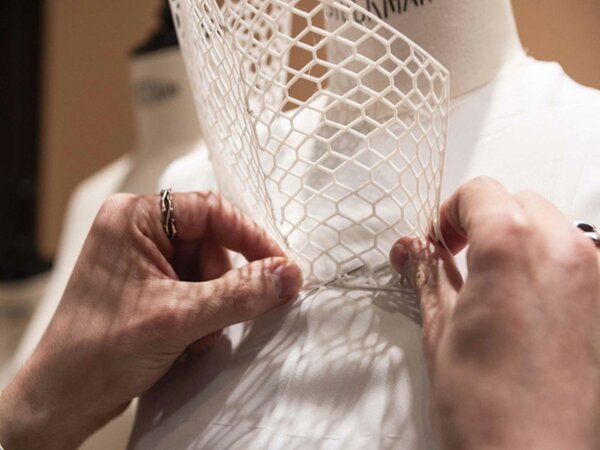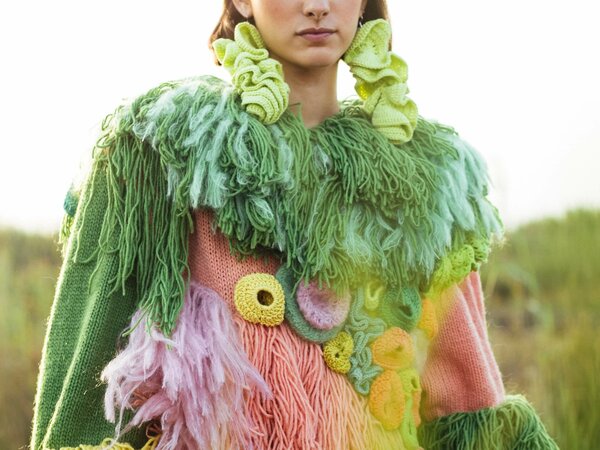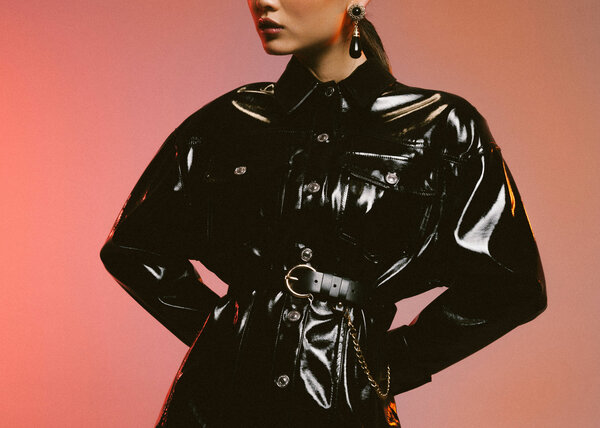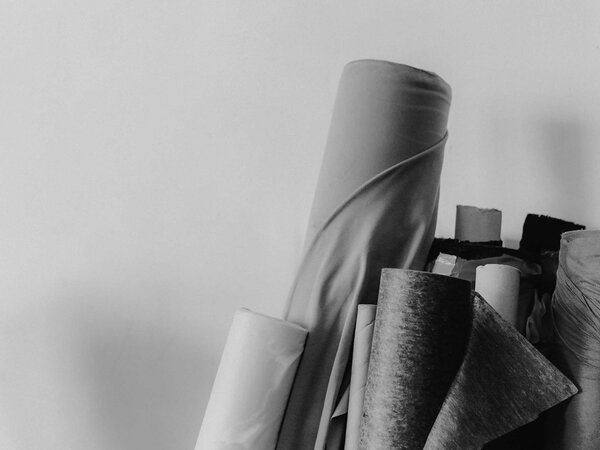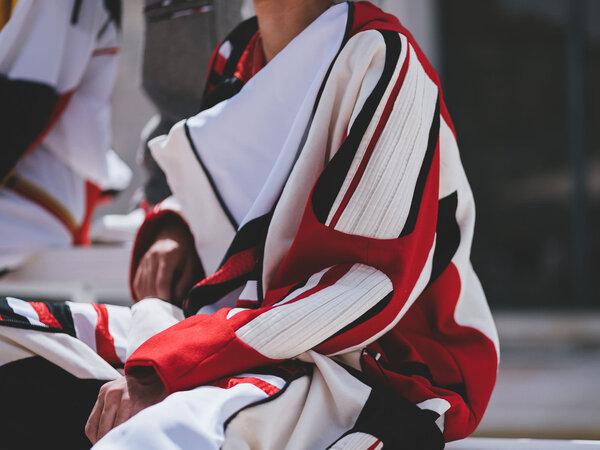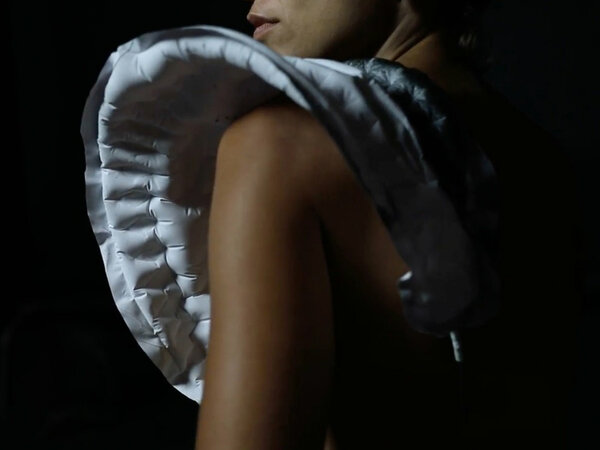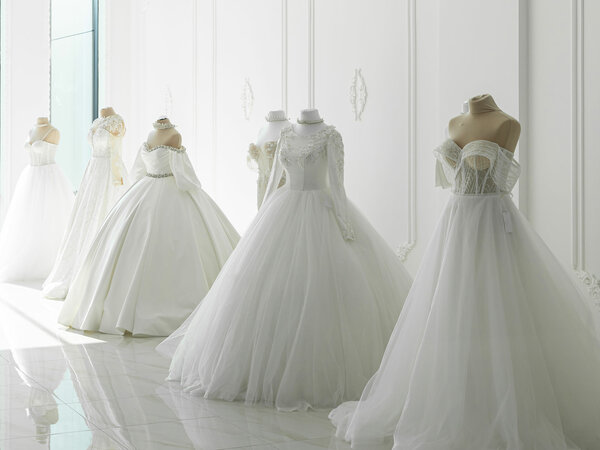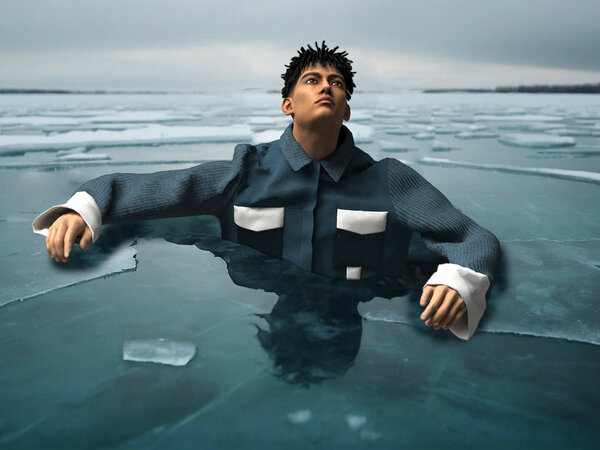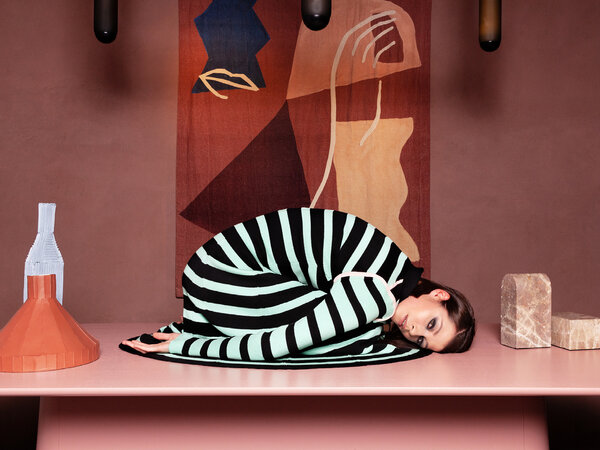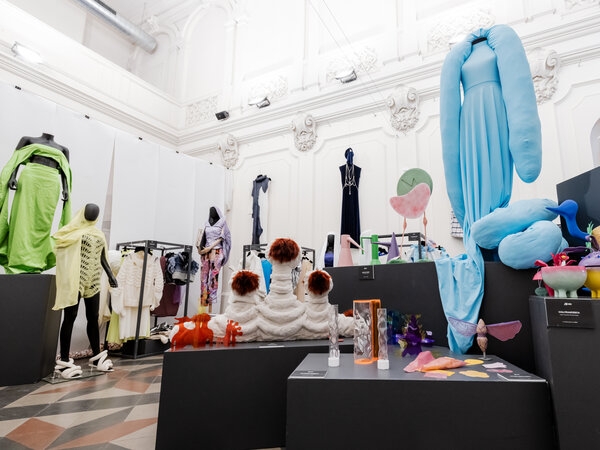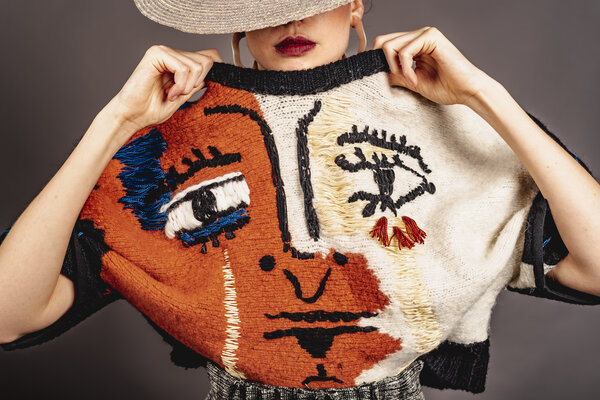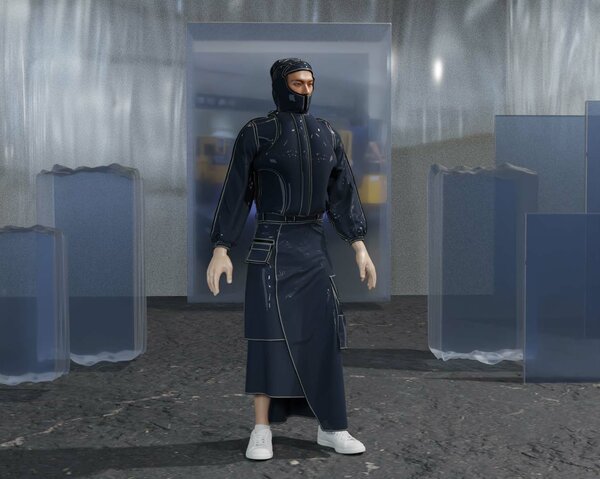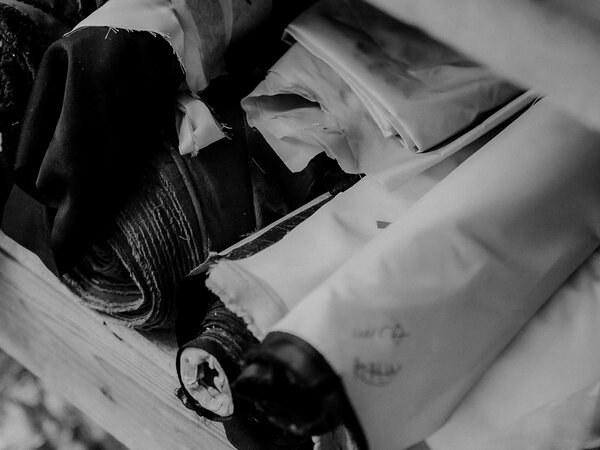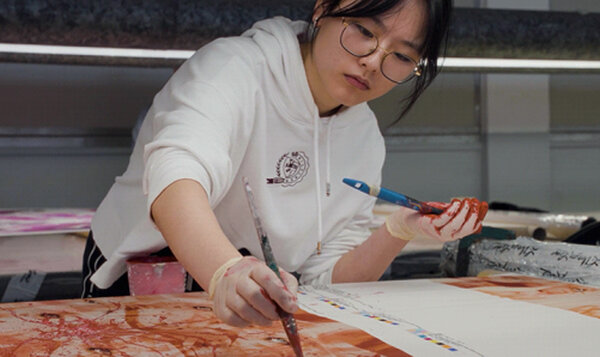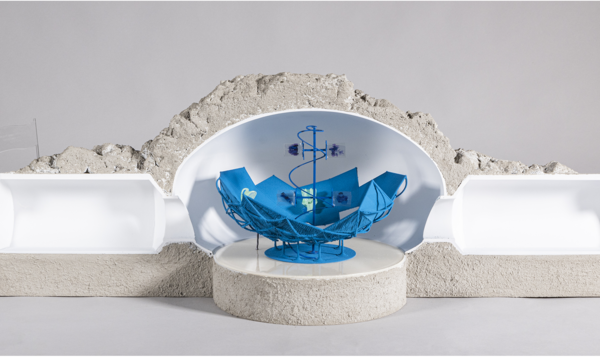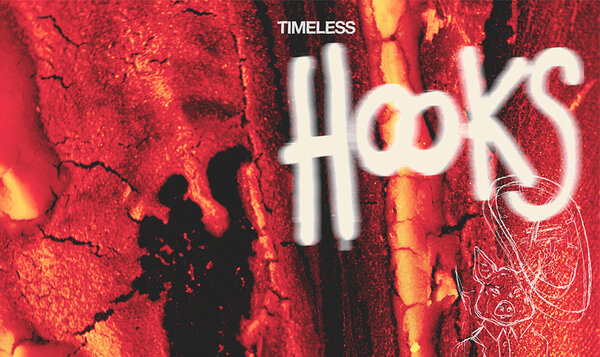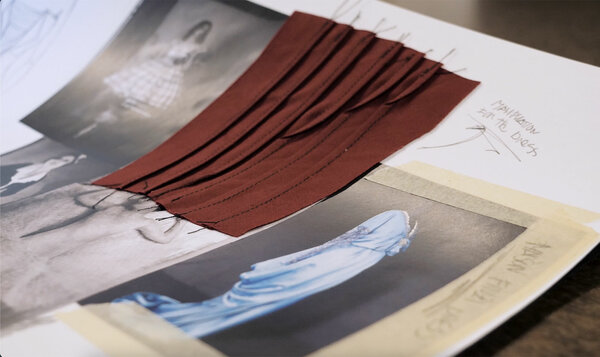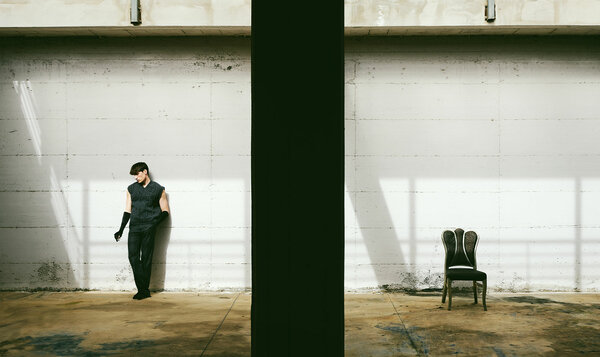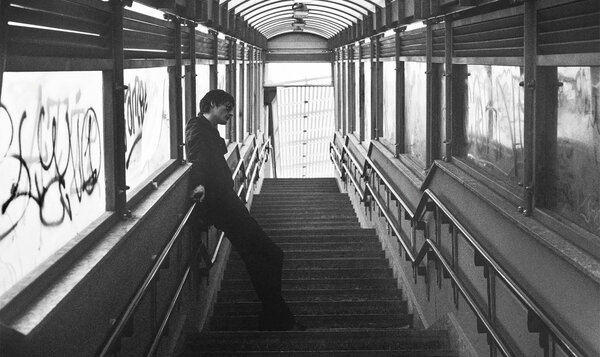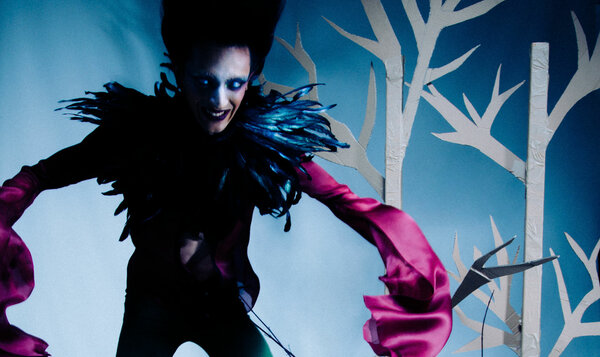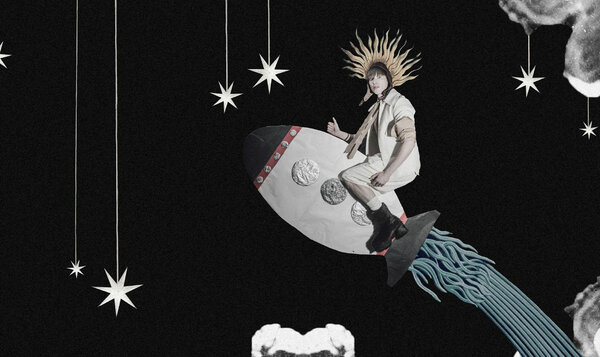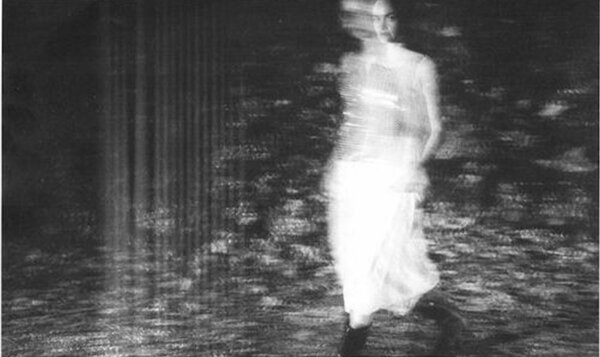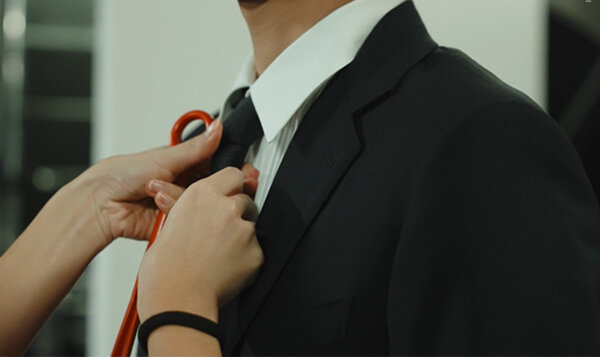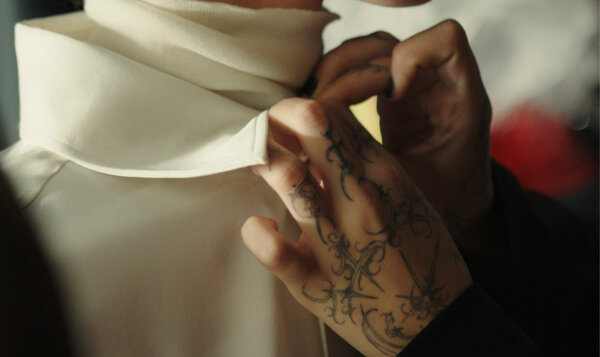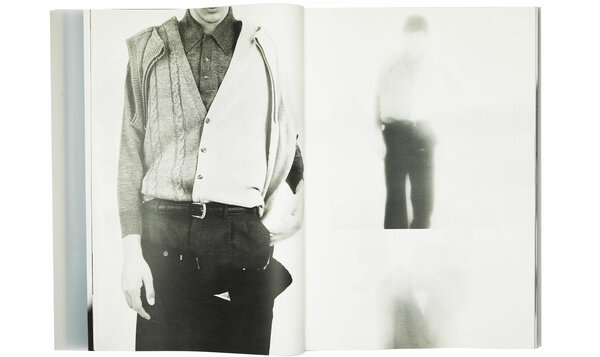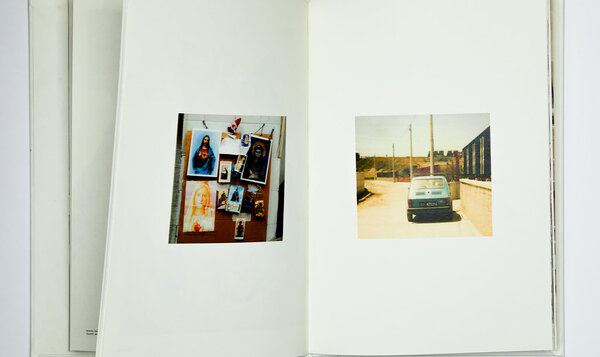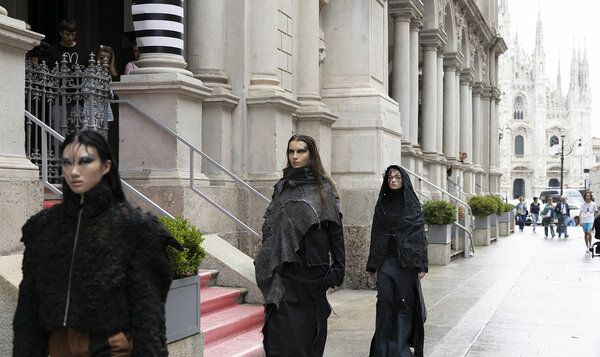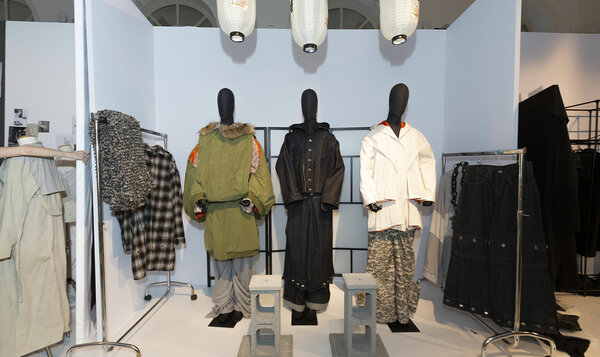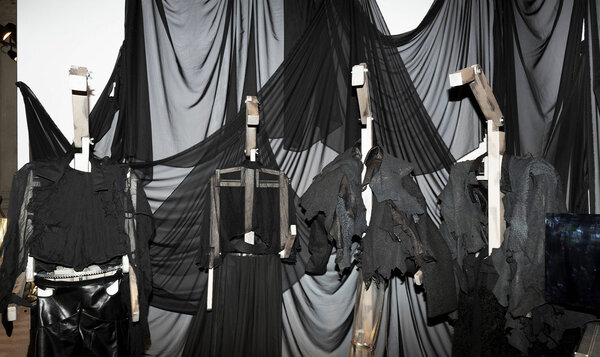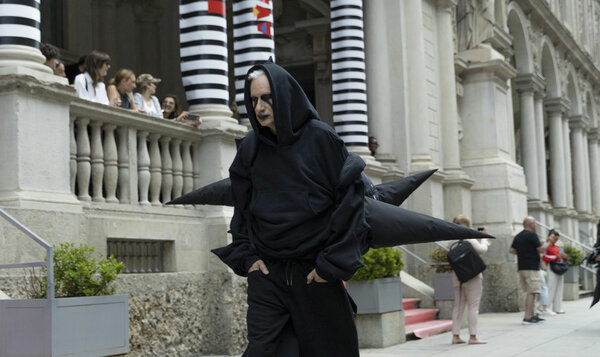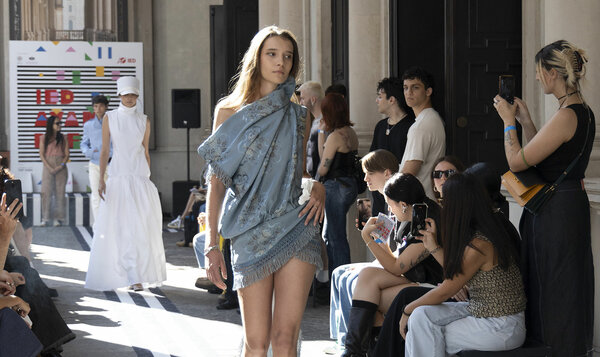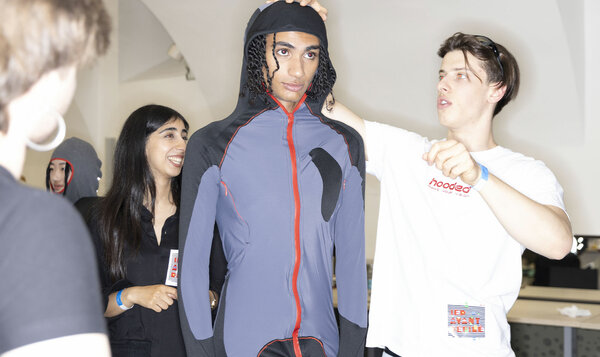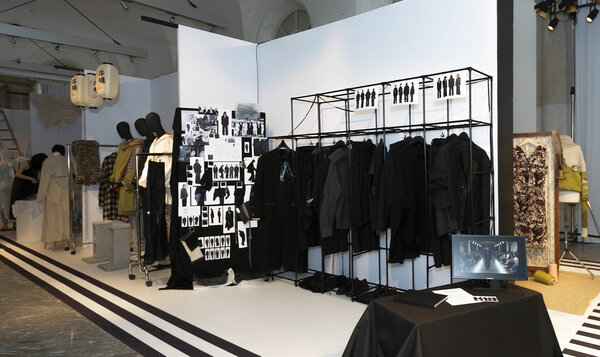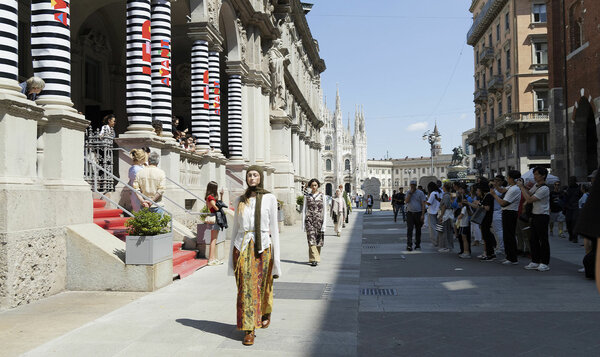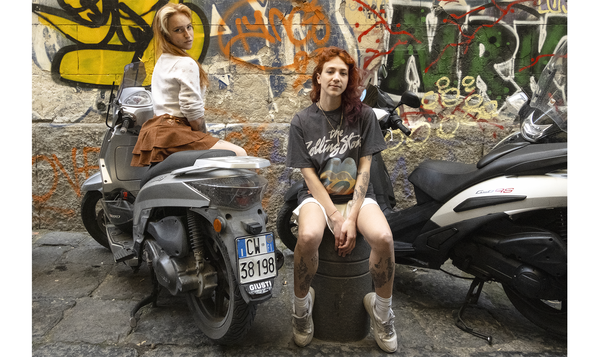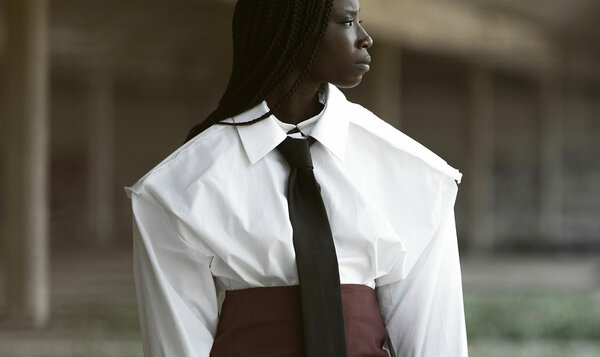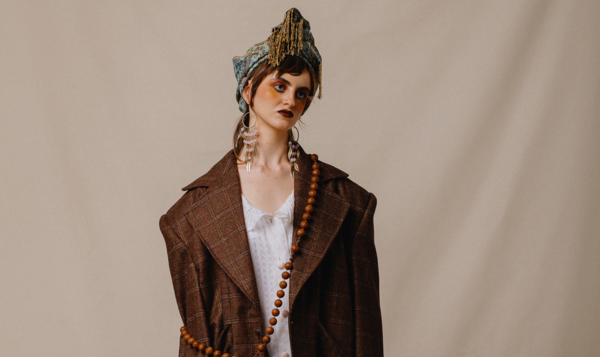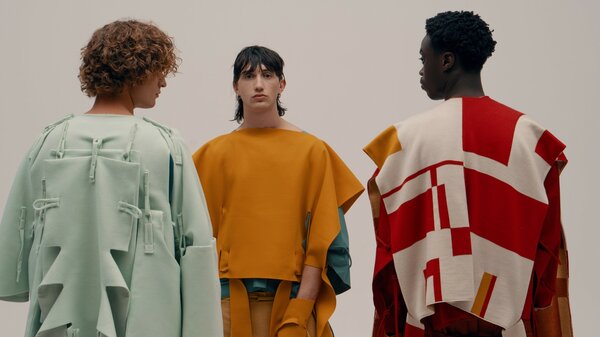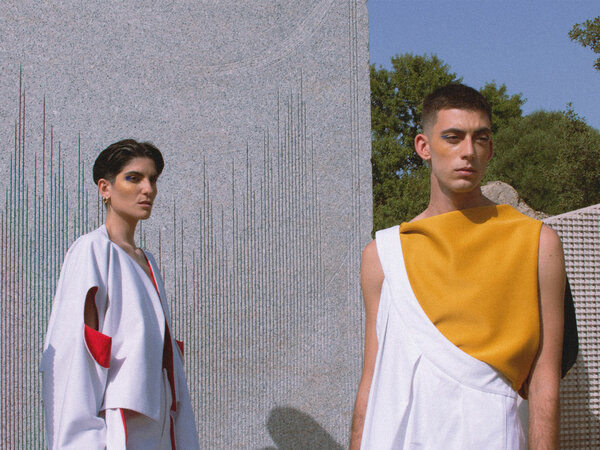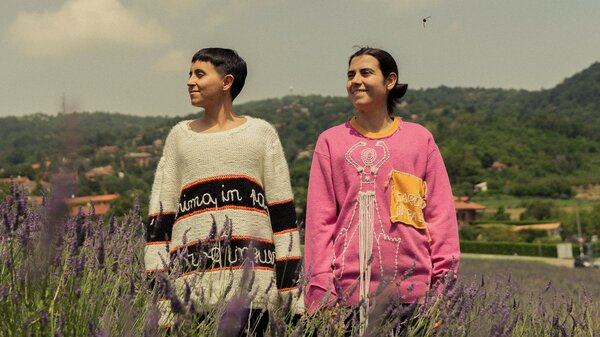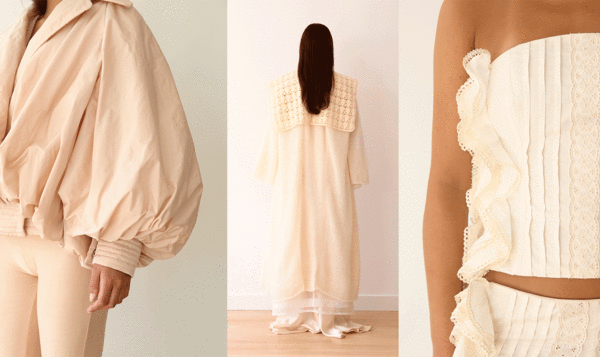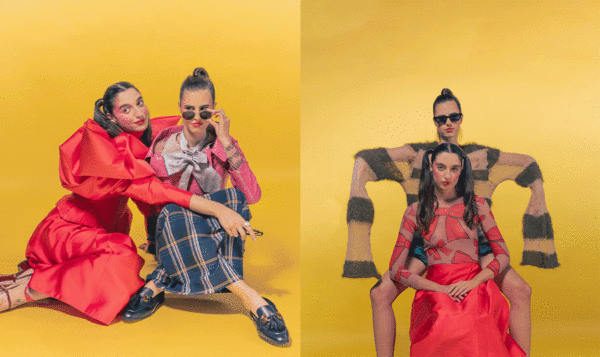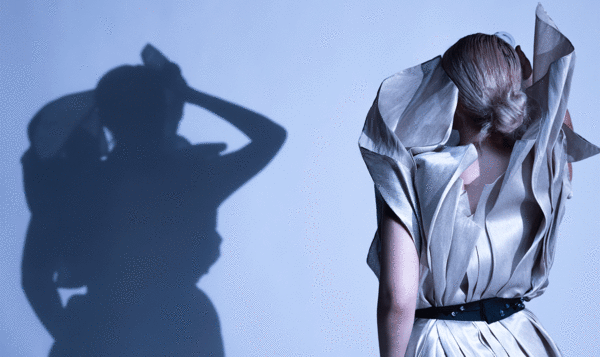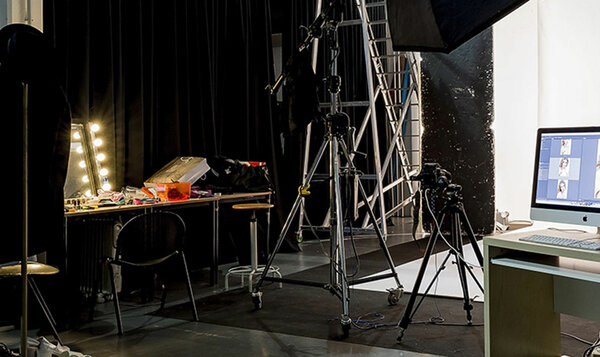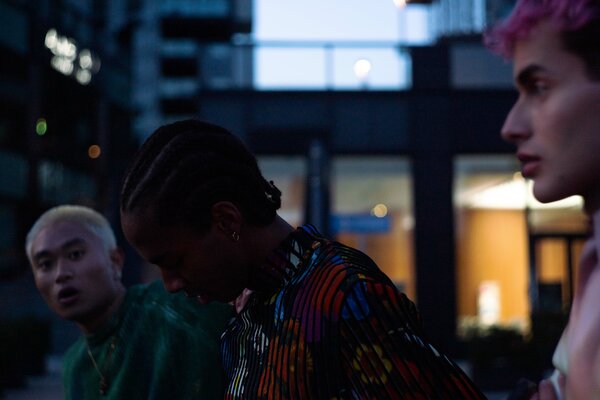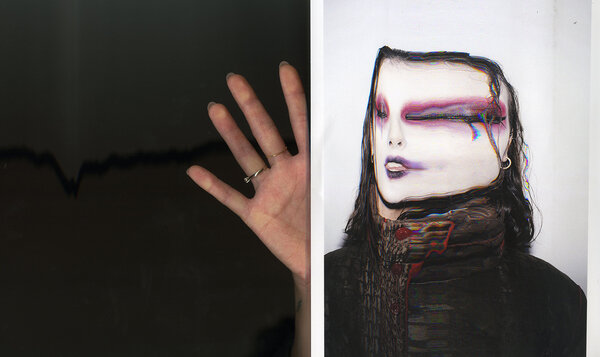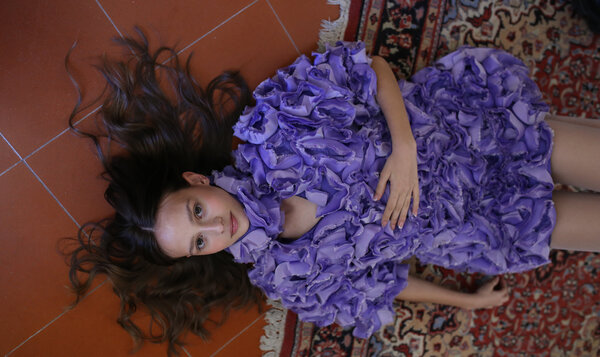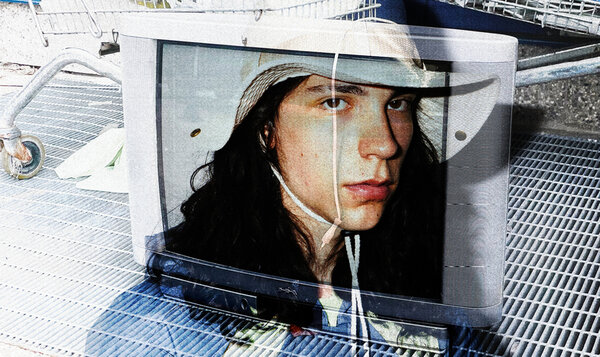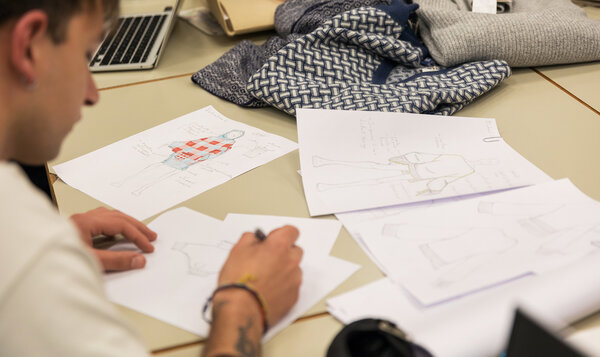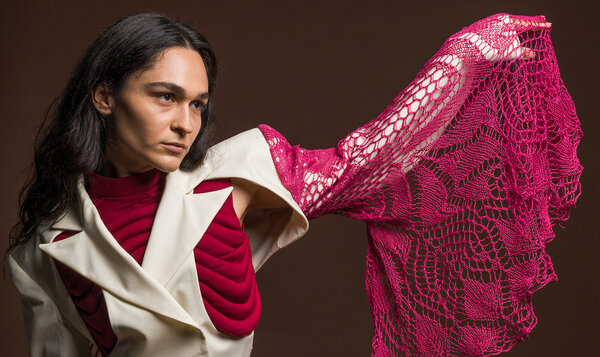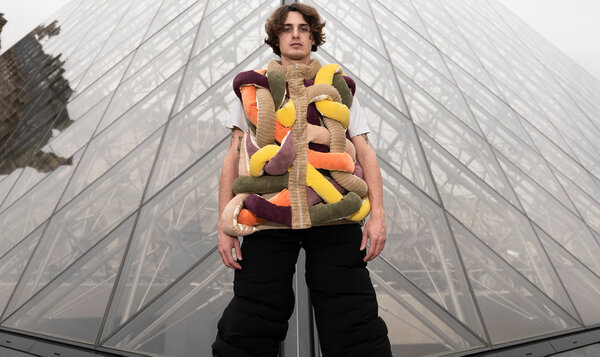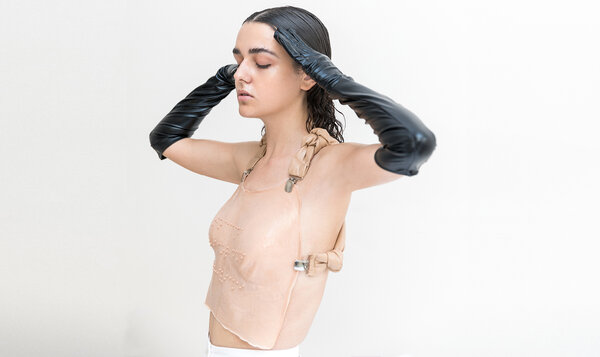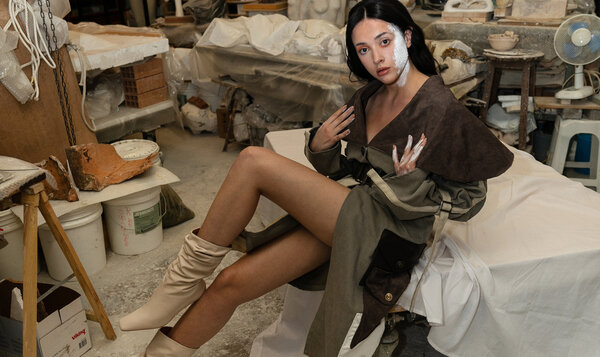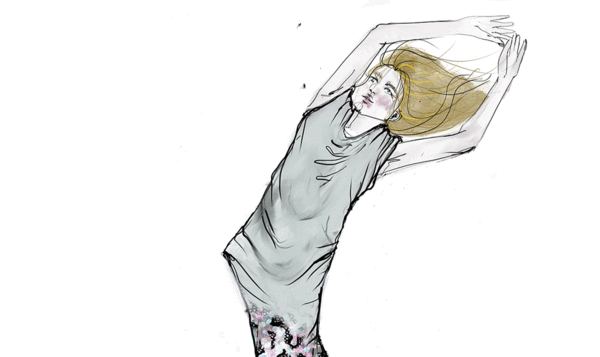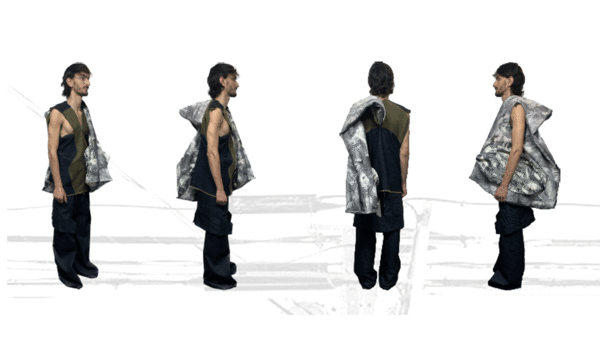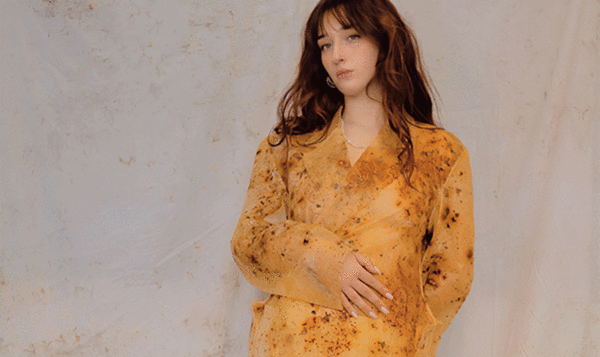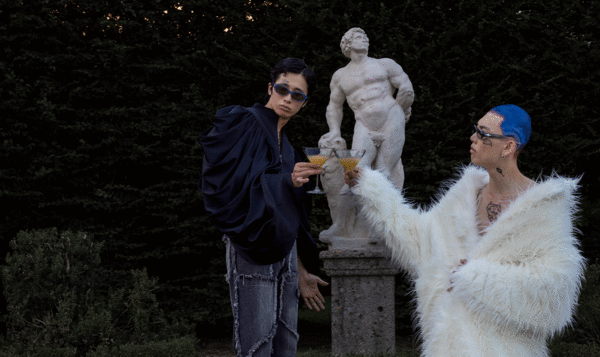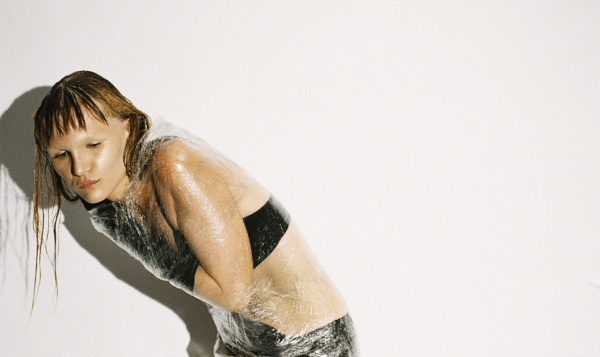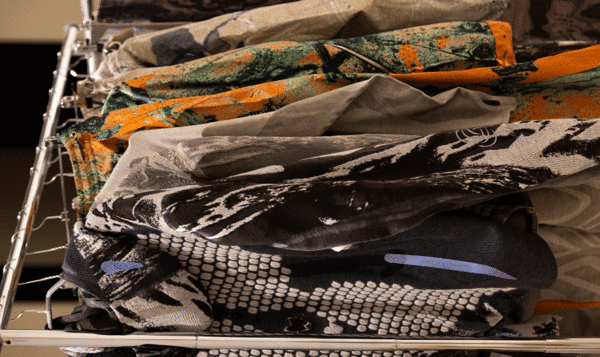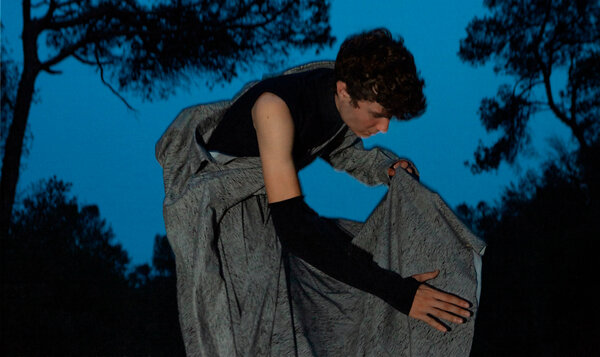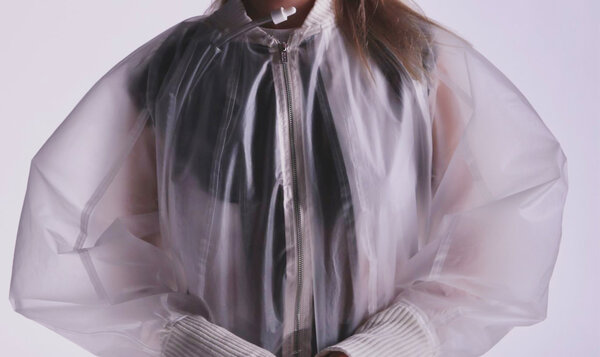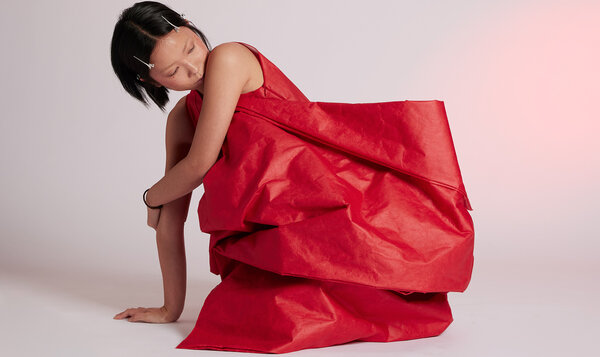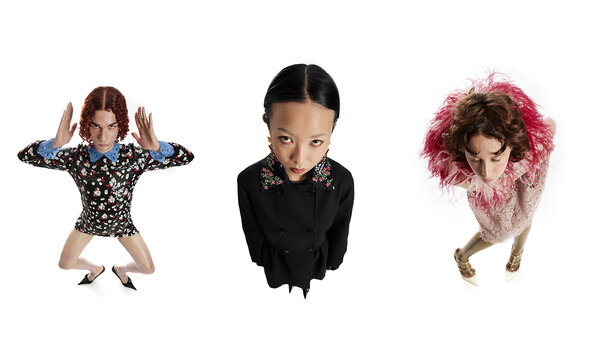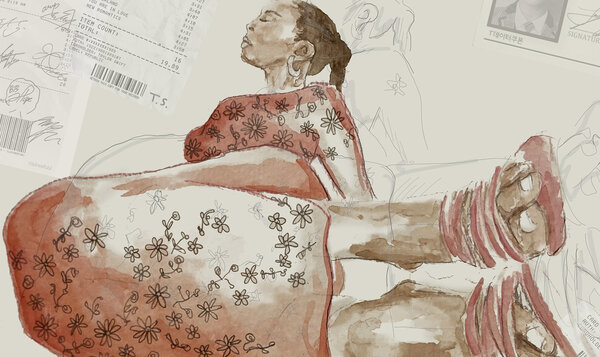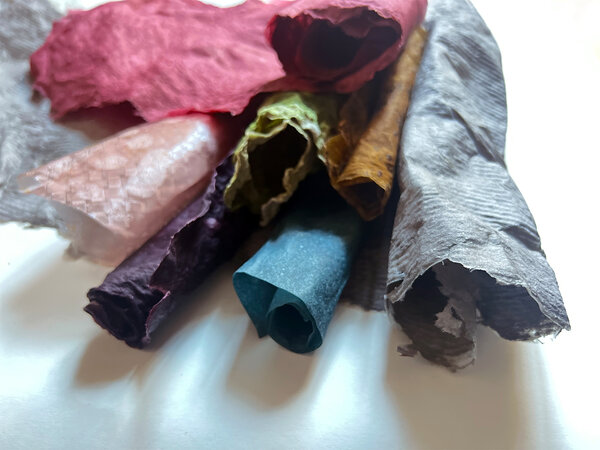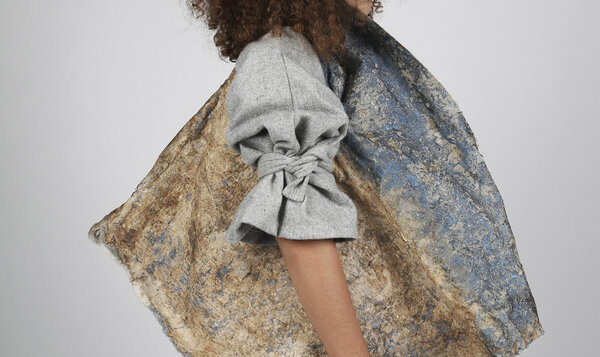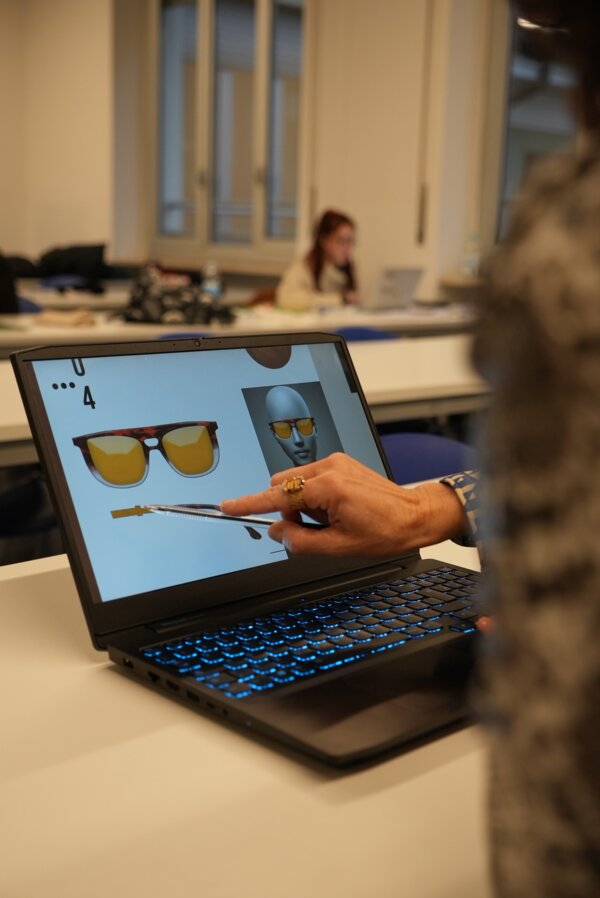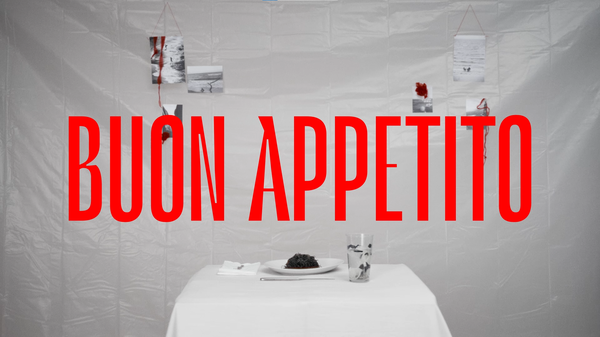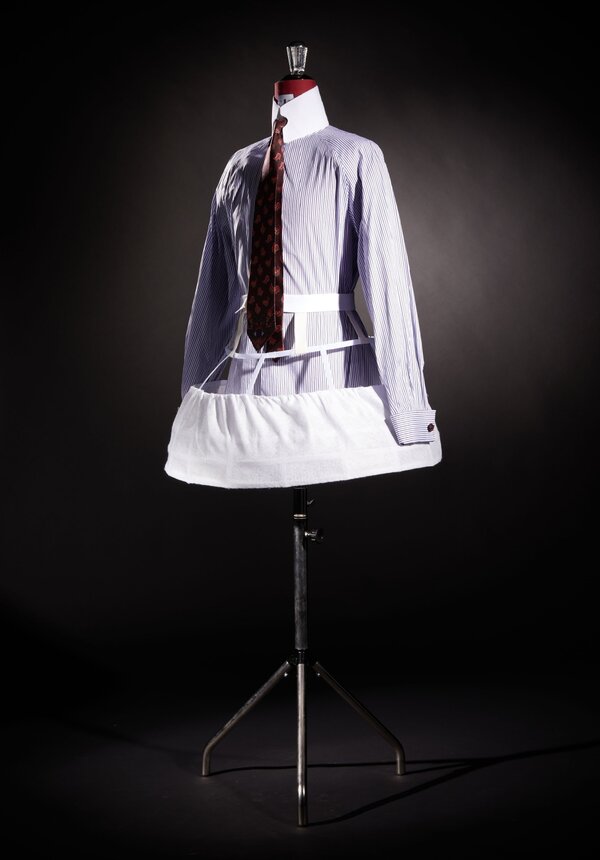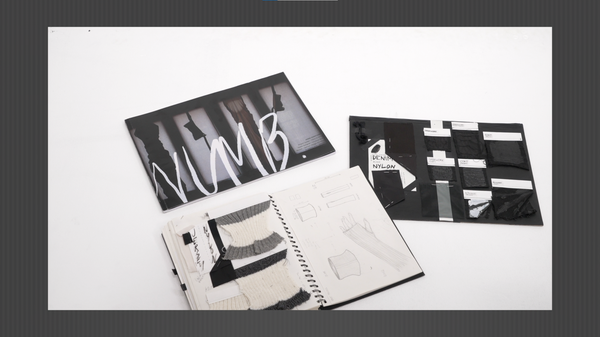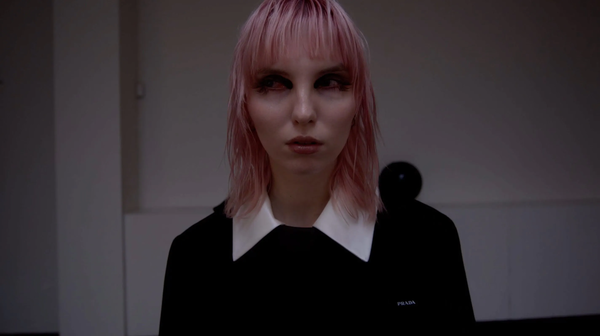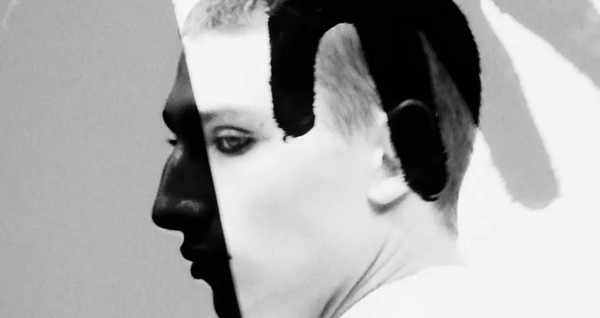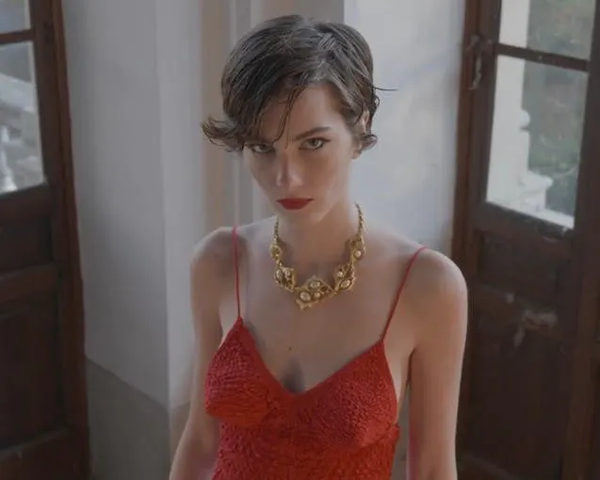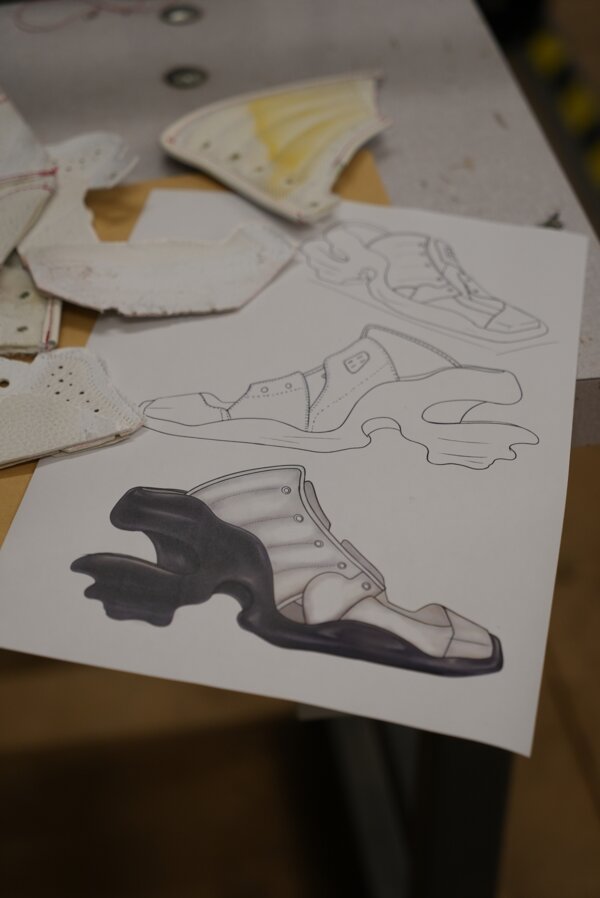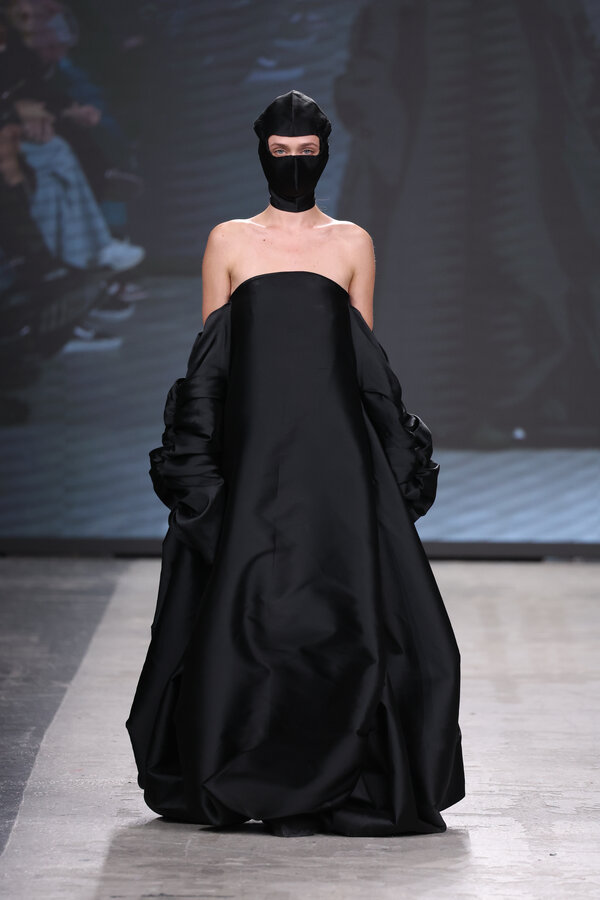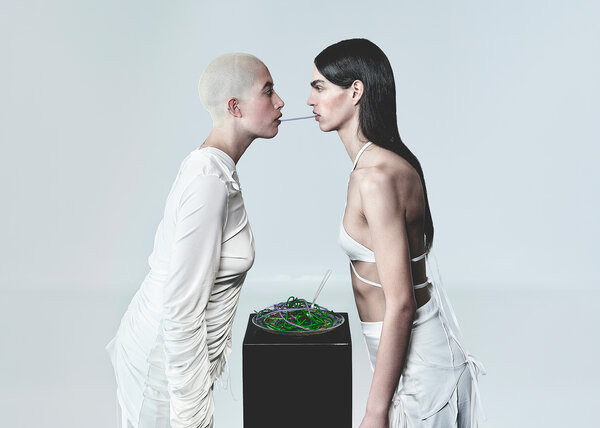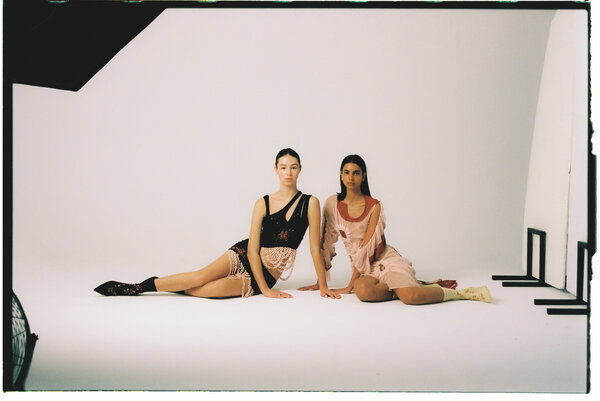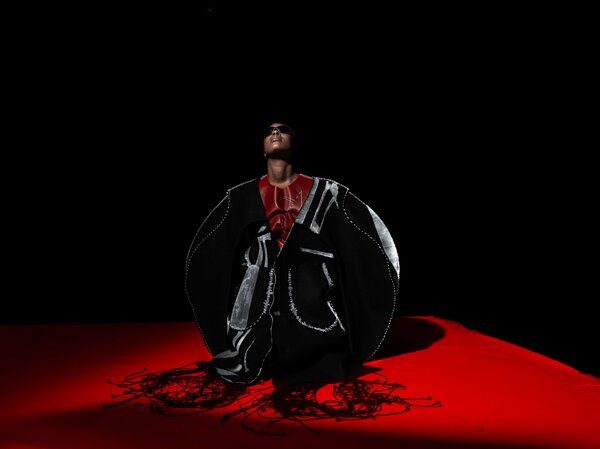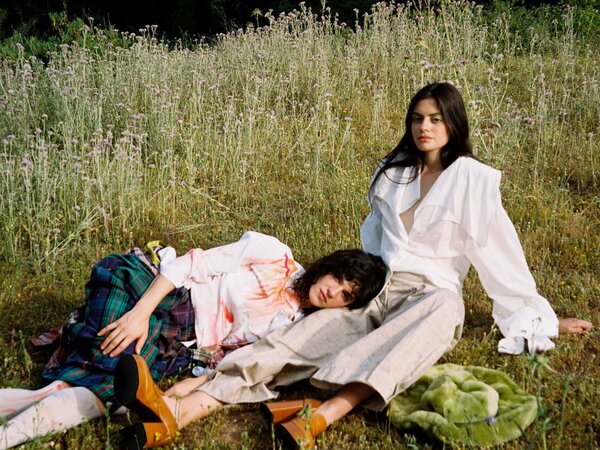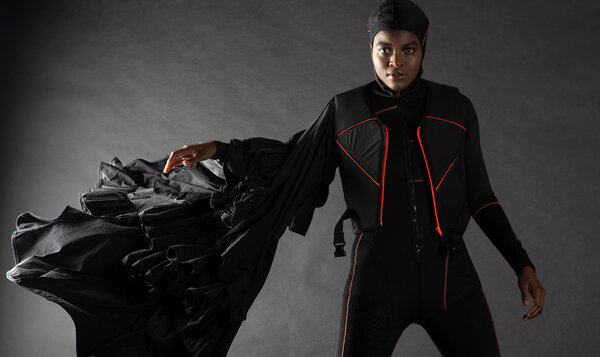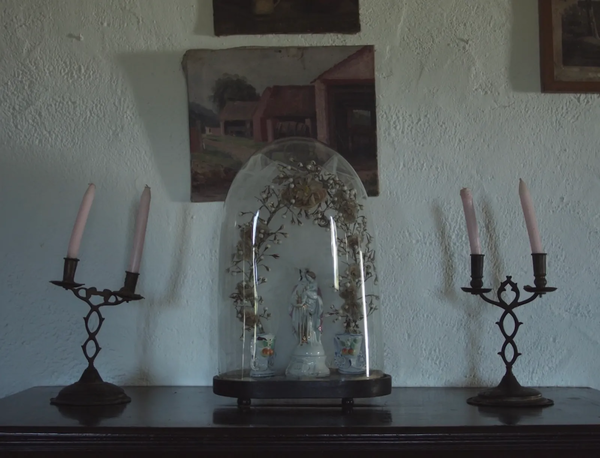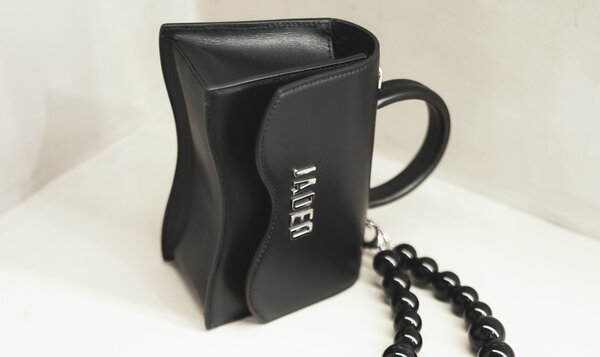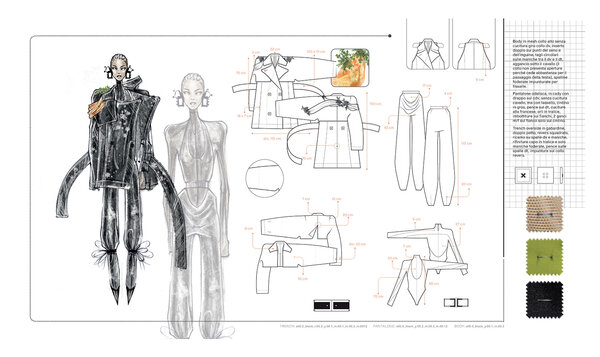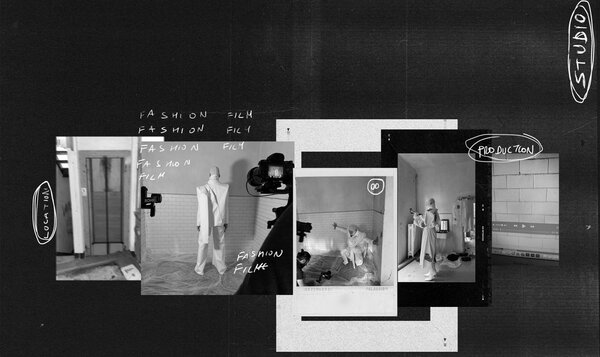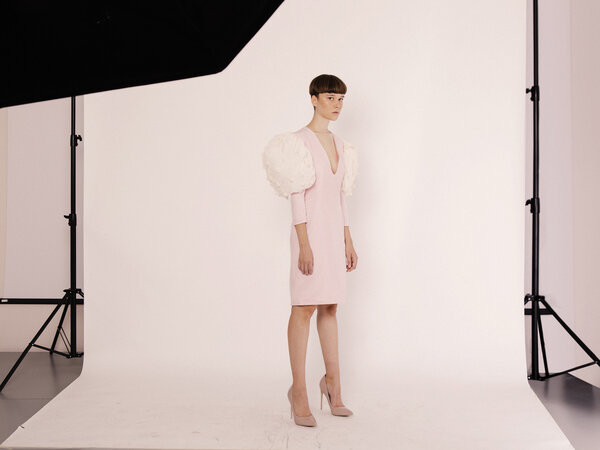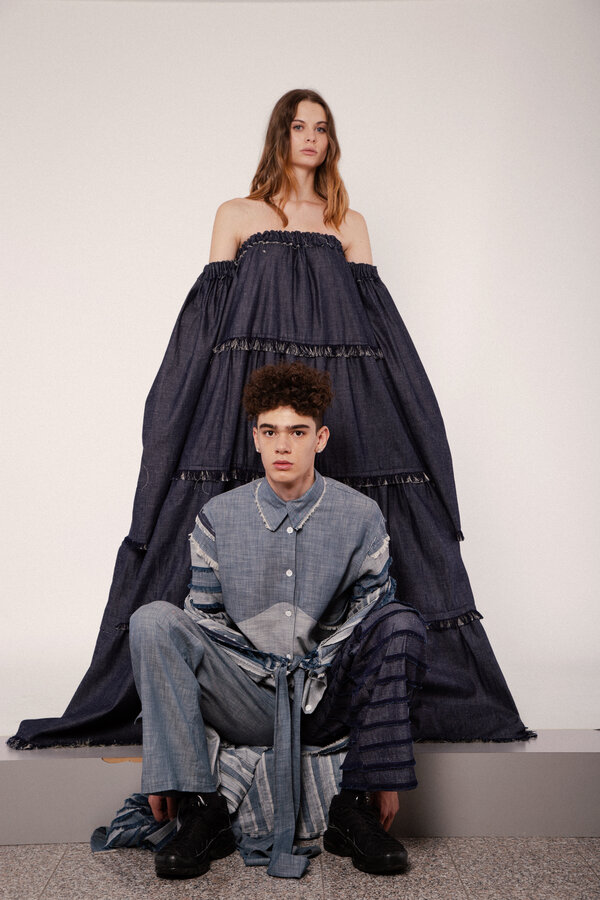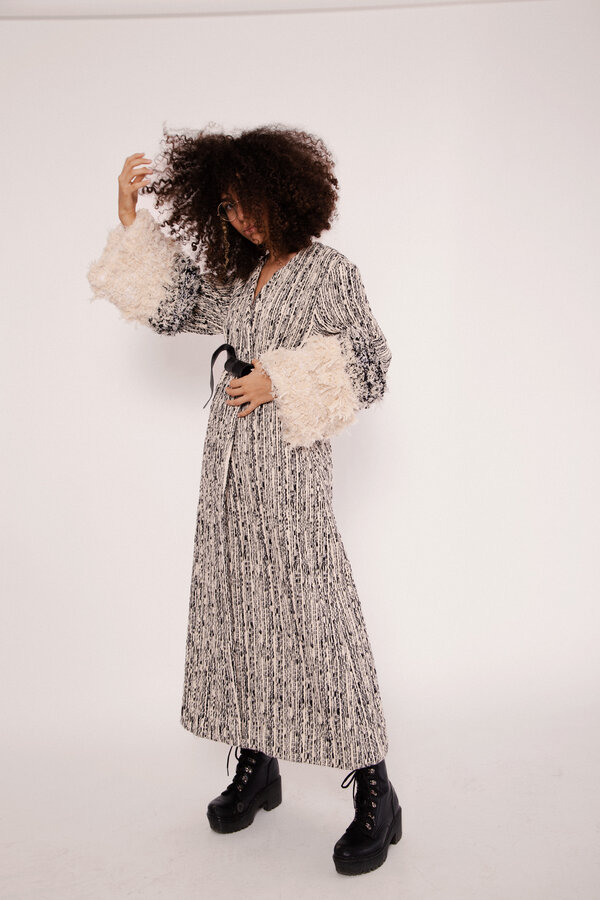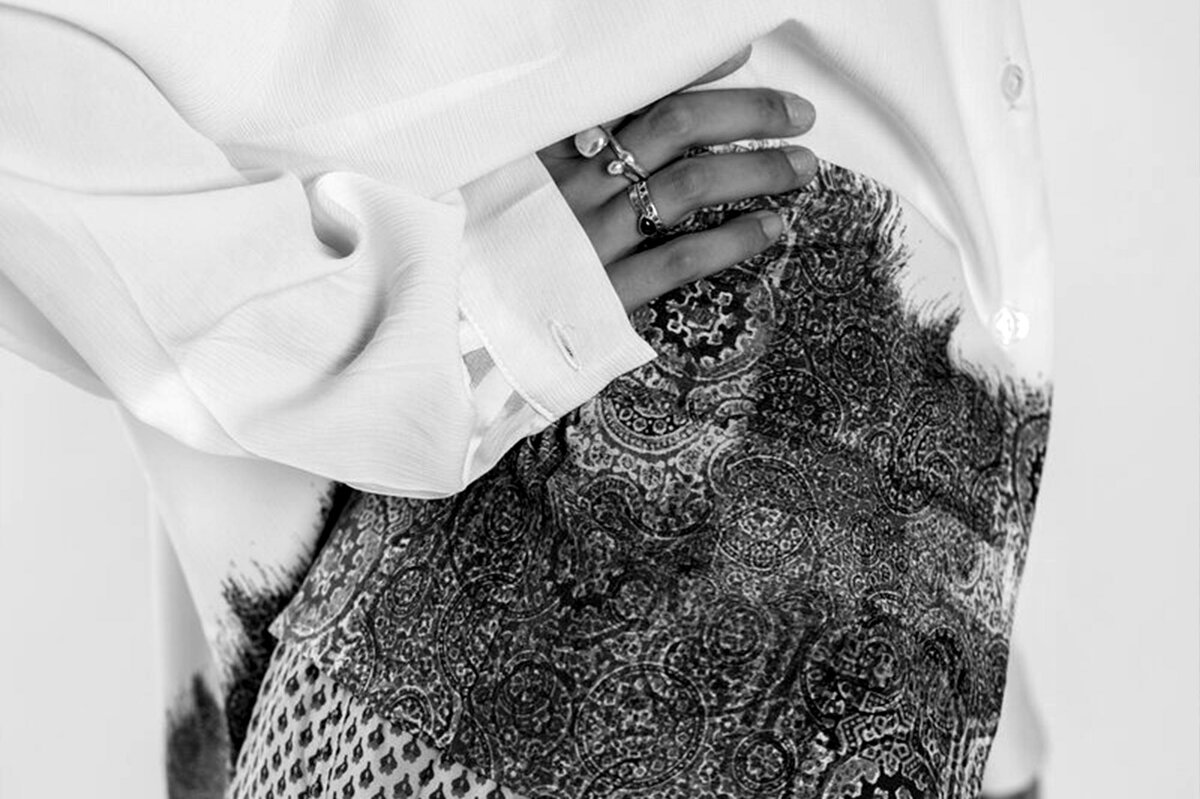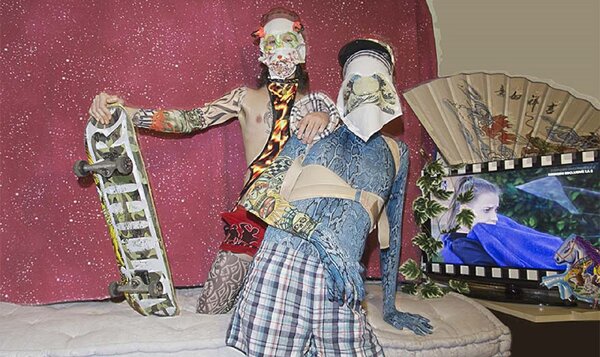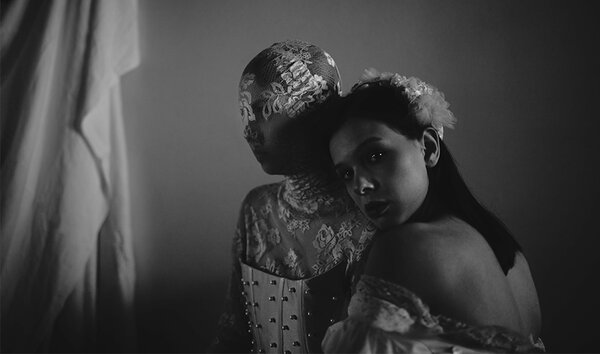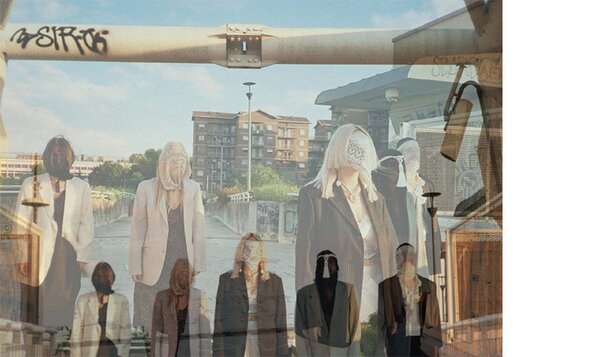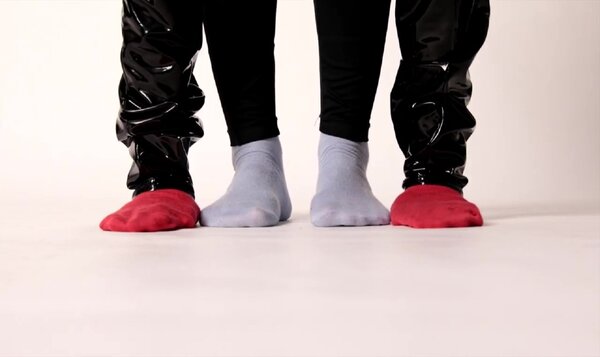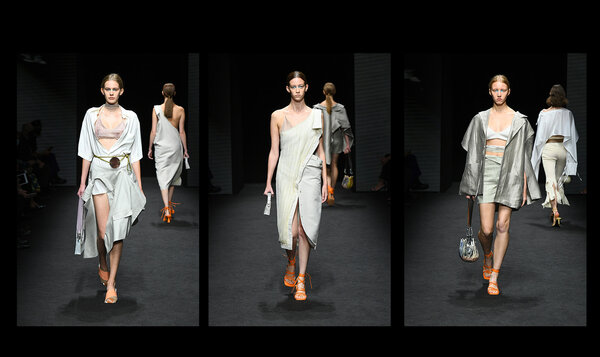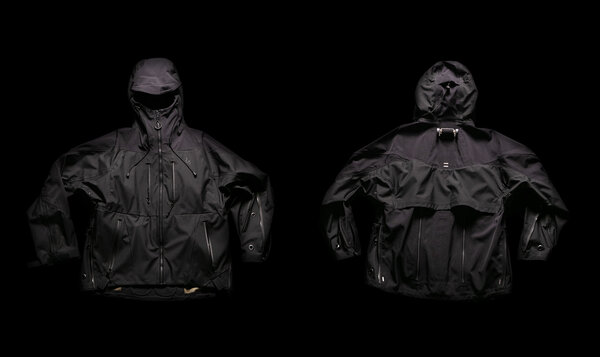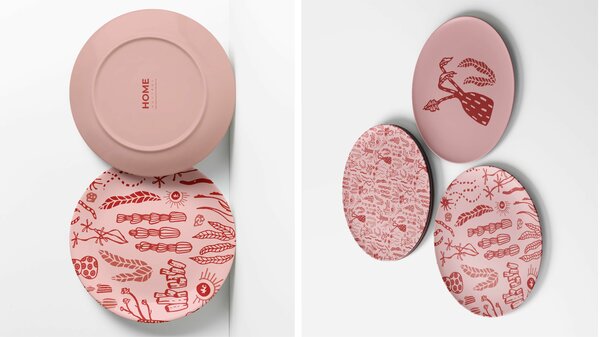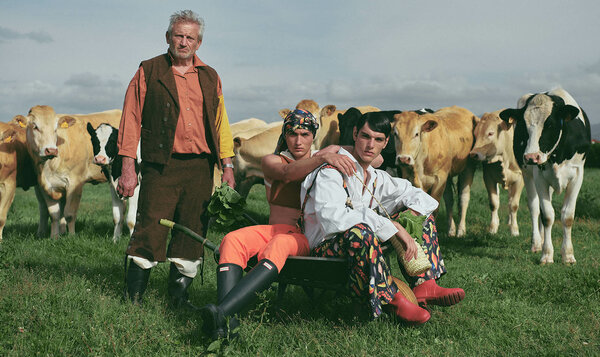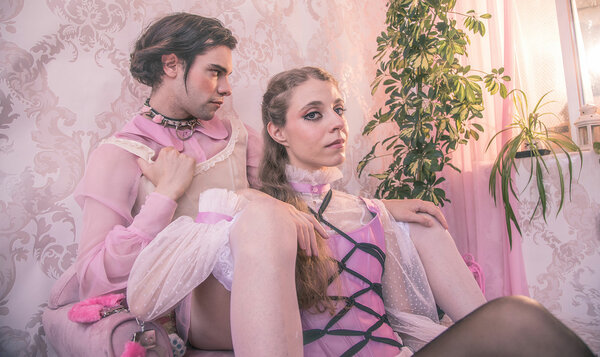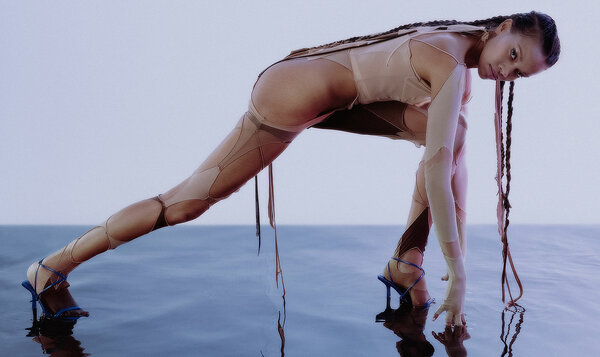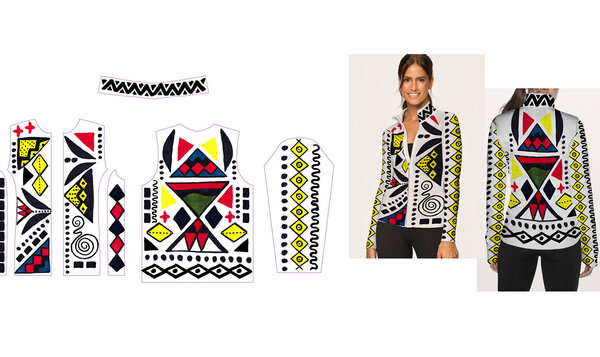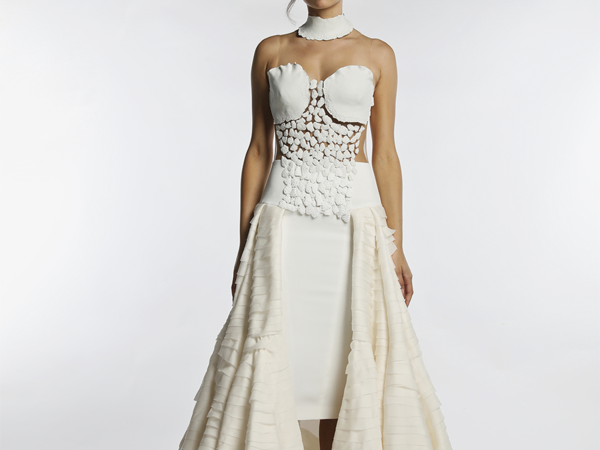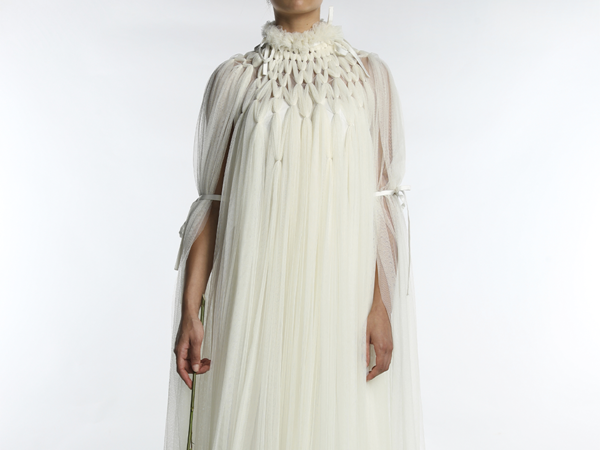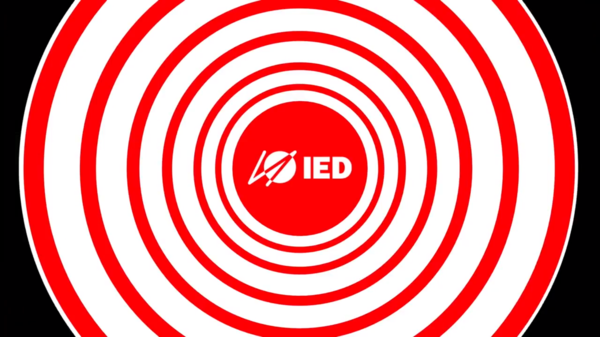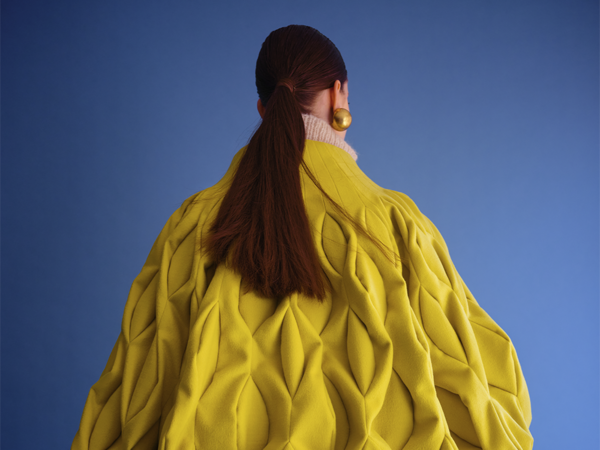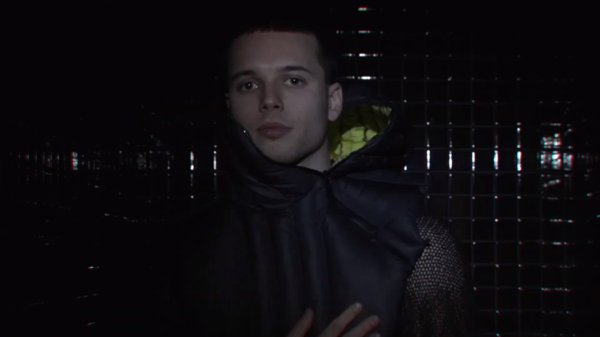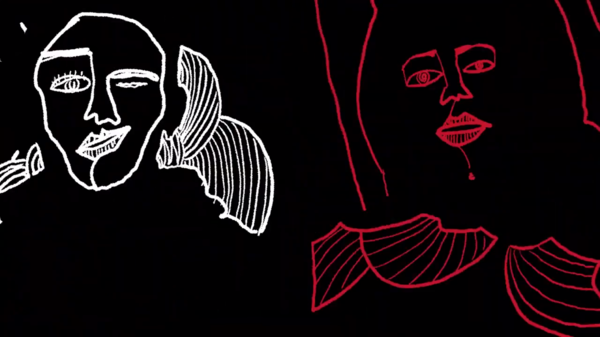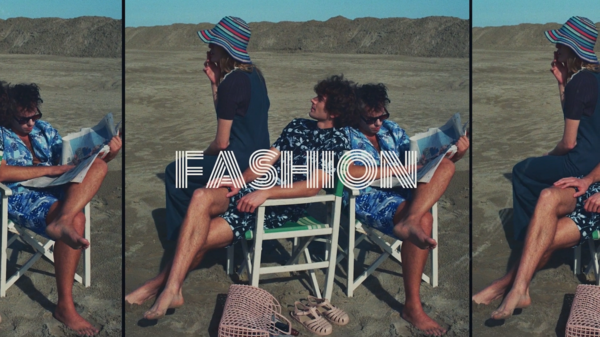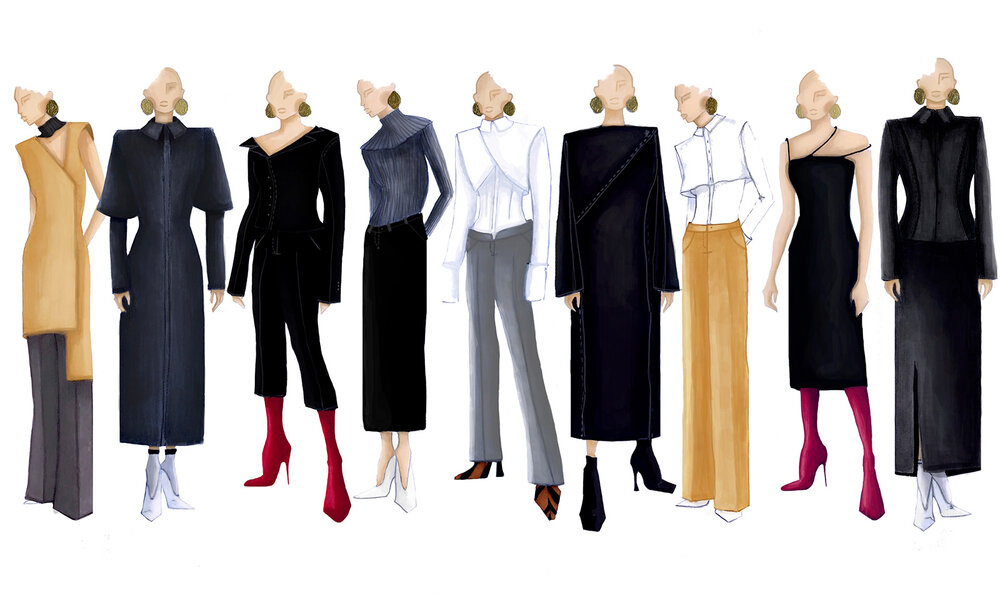
Fashion Designers: who they are, what they do and how to become one
Who are they and what do they do?
Fashion Designers are central figures in the glamorous world of fashion: endowed with boundless creativity, they are professionals capable of transforming ideas and concepts into trend-setting garments, footwear and trendy accessories.
A Fashion Designer is a true creative artist who interprets society's needs and desires, transforming them into visually appealing and functional style solutions.
Through a deep knowledge of materials, production techniques and an innate sense of aesthetics, Fashion Designers have the task of creating innovative collections that align with current trends while being original and unique. Their skills are not limited to creating aesthetically pleasing pieces but also include finding practical and sustainable solutions and addressing the growing needs of increasingly aware and attentive consumers.
The creative process is driven by constant exploration and experimentation, leading Designers to travel physically and mentally through different cultures, historical eras and new technological horizons.
Role and responsibility
The role of a Fashion Designer encompasses numerous responsibilities involving them at every stage of the process: from the initial conception of the design to the final production of the product.
Some of the main aspects a Designer handles include:
- Trend research and analysis: in this phase, the Fashion Designer takes stock of and researches current industry trends, taking cultural and social influences into account.
- Concept and visualisation: here, they develop the original concepts and define the themes, colours and fabrics.
- Drawing and illustration: this is the stage in which sketches are created, either by hand or using design software.
- Material selection: this is when fabrics are chosen according to seasonality, functionality, cost and impact on the environment.
- Prototype development: at this stage, the Designer collaborates with Tailors, Modellers and Technicians to transform sketches into physical prototypes. This includes the supervision of cutting and finishing.
- Collaboration with production: they oversee the production departments to ensure efficient realization that aligns with the chosen design.
- Quality control: the final stage involves analyzing and reviewing the product to correct any production issues
- Focus on sustainability: integrating eco-friendly practices throughout the design and production process is increasingly a key responsibility for today’s and tomorrow’s Designers.
At the end of the production process, we move on to the marketing and promotion aspects, where the Fashion Designer works with a marketing team to promote their product effectively.
Career and salary
The career of a Fashion Designer can vary significantly depending on the chosen path. Many professionals have the opportunity to work for large fashion houses or established brands. Others choose to work as freelancers or start their own fashion line, pursuing a path that offers greater creative freedom but also more challenges in terms of visibility and trust.
A Fashion Designer's salary can vary widely based on specialisation and experience level. With dedication and talent, it is possible to reach very high remuneration levels above the average.
Students who have obtained specific training in Fashion and Styling today occupy a range of professional roles, including Fashion Designer, Textile Designer, Fashion Editor and Fashion Stylist.
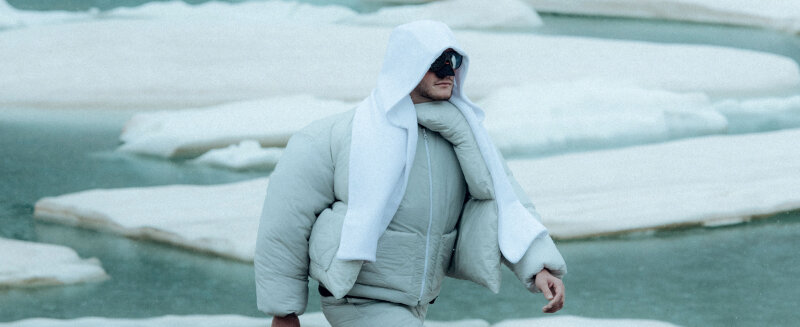
IED Open Days
We look forward to meeting you in person at our premises and online, to learn more about our teaching offerings, get to know our services and interact with coordinators, lecturers and students.
Skills and training
A Fashion Designer's comprehensive educational background filled with specific skills is important to stand out in the fashion world.
Creativity helps create unique and interesting designs, while technical knowledge is needed to transform ideas into tangible products. Additionally, understanding the market and how it functions is essential to ensure that products are not only attractive, but also commercially viable. It is equally important to know how to collaborate at all levels with industry professionals to gain a complete understanding of the dynamics and needs of the fashion industry.
Fashion design training varies based on specific diplomas and degree programmes, providing students with the essential practical skills to break into the industry.
How to become a Fashion Designer
For those dreaming of entering the fashion world and starting their career as a Fashion Designer, the journey begins with the right training course choice.
Institutes like IED offer specific programmes that, through courses ranging from design to textile technology, from fashion history to marketing, prepare students to face the challenges of the industry with competence and creativity.
IED training is an important springboard in the industry, as proven by former IED students - one notable example is Maria Grazia Chiuri, Creative Director of Dior, who graduated from the institute - and the prizes awarded by Marie Claire Maison to IED Alumni.
If you dream of a career in fashion and becoming a successful Fashion Designer, explore the educational opportunities offered by IED and start fulfilling your dream today!
